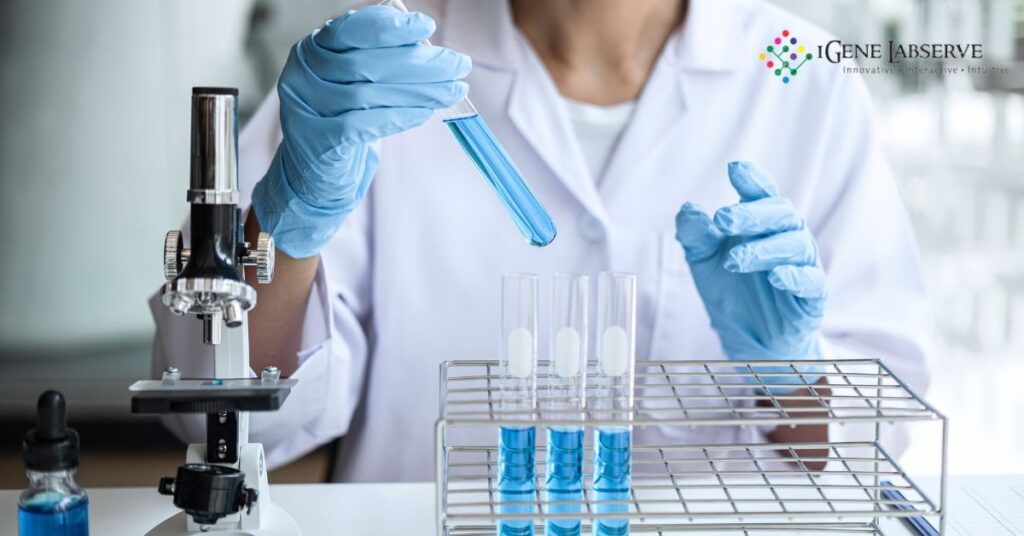Gel documentation systems play a pivotal role in molecular biology research, providing researchers with the tools to visualize, document, and analyze nucleic acids and proteins accurately and efficiently. This post will discuss some of the top benefits of using Gel documentation system.
For the purpose of viewing and recording protein and nucleic acid samples that have been separated by gel electrophoresis, a gel documentation system is a vital instrument in molecular biology and biochemistry laboratories. The following are the main advantages of utilizing a gel documentation system:
- Visualization of Samples:
Researchers can see the bands of DNA, RNA, or protein within a gel by using gel documentation systems, which make it possible to see the outcomes of gel electrophoresis.
- Documentation and Record Keeping:
The technology ensures reliable documentation and record-keeping of experimental results by making it easier to collect and save high-resolution photos or data of gels.
- Quantitative Analysis:
Software that allows for quantitative band analysis, such as figuring out the size and intensity of DNA, RNA, or protein bands, is frequently included with gel documentation systems.
- Data Accuracy and Reproducibility:
Through digital picture capture of gels, researchers may attain results that are more precise and consistent. Comparing digital data to old film-based approaches, digital data is simpler to keep, exchange, and analyze.
- Archiving and Retrieval:
Digital photos may be saved for later use, which facilitates the retrieval and comparison of outcomes across time. For long-term research projects or when duplicating studies, this is essential.
- Multi-Wavelength Capabilities:
Certain gel documentation systems let users view gels at different wavelengths, which can be useful for a variety of stains or fluorescent markings.
- Time Efficiency:
Film development and other labor-intensive procedures are rendered unnecessary by gel documentation technologies. Researchers can expedite the entire experimental procedure by taking pictures fast.
- Fluorescence Imaging:
Many gel documentation systems are equipped with UV transilluminators for fluorescence imaging, enabling the detection of fluorophores like ethidium bromide or SYBR Green, which are commonly used for nucleic acid staining.
- Ease of Sharing and Collaboration:
Effective communication within the scientific community is fostered by the ease with which digital photographs may be exchanged among researchers and collaborators, as well as used in papers and presentations.
- Versatility:
Systems for gel documentation are adaptable and may be used for a wide range of tasks, such as protein, RNA, and DNA electrophoresis as well as Northern, Southern, and Western blotting.
Researchers can conduct quality control checks during or just after the electrophoresis process thanks to the instant visibility of gel data, which lowers the possibility of mistakes or the need for repeat tests.
In molecular biology and biochemistry labs, a gel documentation system improves experiment efficiency, accuracy, and repeatability overall, which advances the field. Contact IGene Labserve at https://www.igenels.com/ or by calling 09310696848 if you’d like to learn everything there is to know about a gel documentation system.

